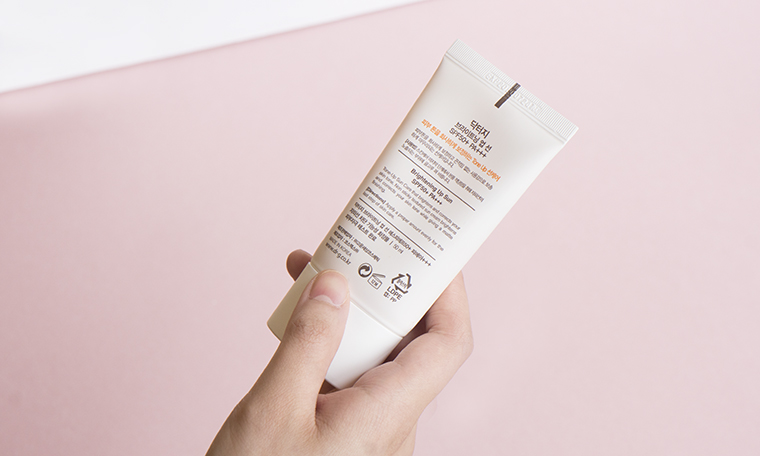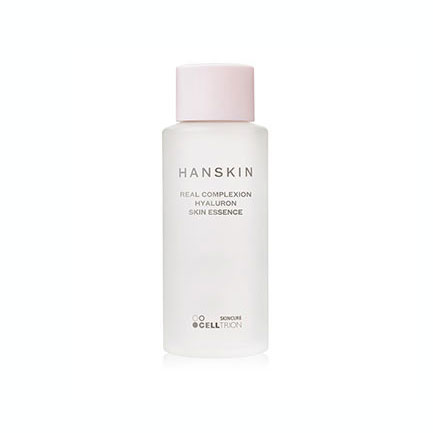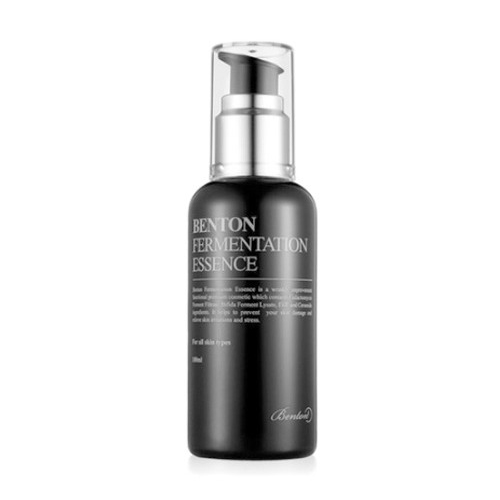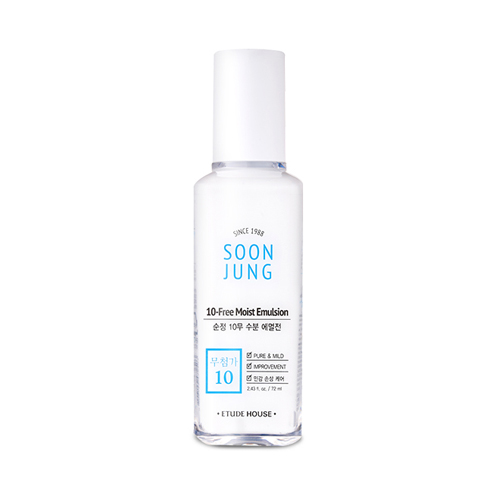What does non comedogenic mean? This is one of those confusing labels placed on a lot of skin care and makeup products. But do you need to pay attention to it? We investigate.
We throw around terms like comedogenic all the time, but what does this actually mean? We asked dermatologists to give us the low-down on this term and how companies use it to market their products.
To get the best info straight from the experts, we spoke with Neil Sadick, dermatologist at Sadick Dermatology, all about this term and its implications, as well as what to actually watch out for when buying products for acne or oily-prone skin.
What does it actually mean for a product to be comedogenic or non-comedogenic?
“Comedo is just another word for pimple,” Sadicks points out. “It’s the least severe form of acne that results from skin pores being clogged with sebum and debris. Comedogenic products are those with ingredients that are likely to promote clogging of the pores, while non-comedogenic do not.”
Are there other ways to say non-comedogenic on labels?
“Non-comedogenic,” Sadick explains, “is a fluid marketing term.” The truth about “non-comedogenic” or “won’t clog pores” on labels is that there’s really no standard in place for these terms anywhere. Much of it is a marketing tactic, similar to how, as Sadick points out, “oil-free does not mean it doesn’t clog pores, but just indicates that the formula is lighter.”
Any moisturizer can very well claim that it’s non-comedogenic or won’t clog pores. Unfortunately that doesn’t actually mean it’s guaranteed not to clog your pores. A good rule of thumb to use is the thicker the product is, the more likely it is that it will clog your pores, so you should stray more toward products with gel or liquid consistencies, or ones that are water-based and extremely light. These are, in general, less likely to cause acne or worsen your breakouts.
What ingredients should I look for if I have acne-prone or oily skin?
Ultimately, even if a product claims to be non-comedogenic and you’re skeptical, you still have the power of the ingredients label. Most ingredient labels for skin care products are ordered by the amount of the ingredient in the product, from most to least. Sadick advises that those with acne-prone or oily skin should “avoid greasy ingredients such as jojoba/olive/avocado oils, shea or cocoa butter, lanolin, tar, and artificial colors.” And instead, try to find “fragrance-free products containing glycolic acid, retinol, hyaluronic acid, benzoyl peroxide, clay, sulfur, and witch hazel.”
The Hanskin Hyaluron Skin Essence, Benton Fermentation Essence, and Etude House SoonJung 10 Free Moist Emulsion are some great fragrance-free options that are also packed with acne and irritation fighting ingredients like hyaluronic acid and centella asiatica.
Certain ingredients are known for being great acne-fighters, others not so much. Familiarizing yourself with these ingredients and taking the time and care to look at your labels means you’re less likely to get tricked by false marketing tactics used to ensure that you will keep returning again and again to products that aren’t really helping your acne or even making it worse.
Bottom Line
Non-comedogenic is a misnomer, not in that non-comedogenic means non-pore clogging but in that to companies, it doesn’t really have to mean anything. Shopping smart for your acne means doing your research on ingredients, rather than taking anything at face value. This research is the true first step in clearer, more radiant skin.















